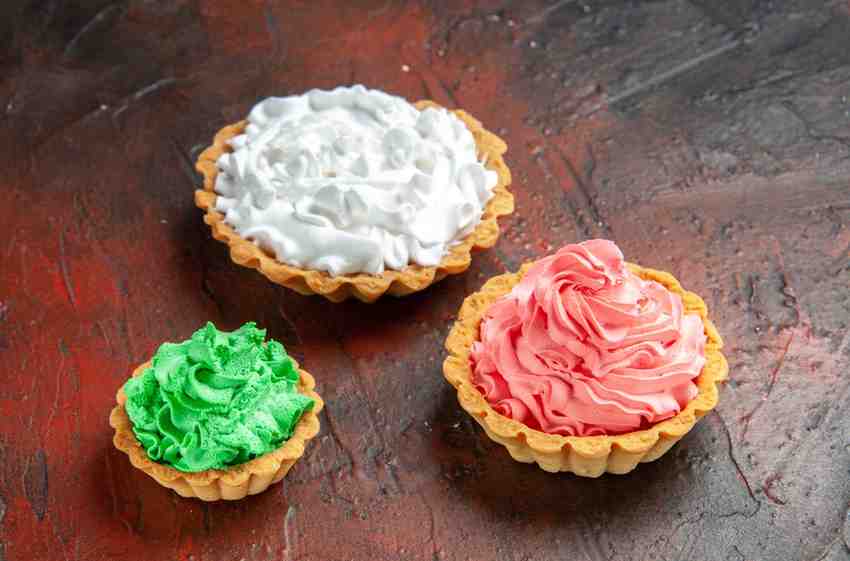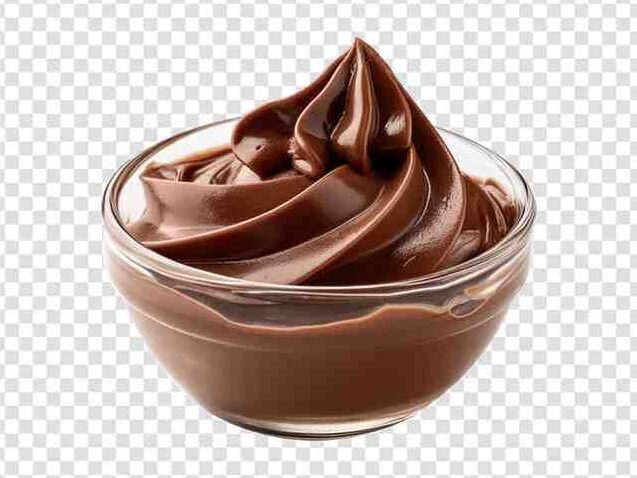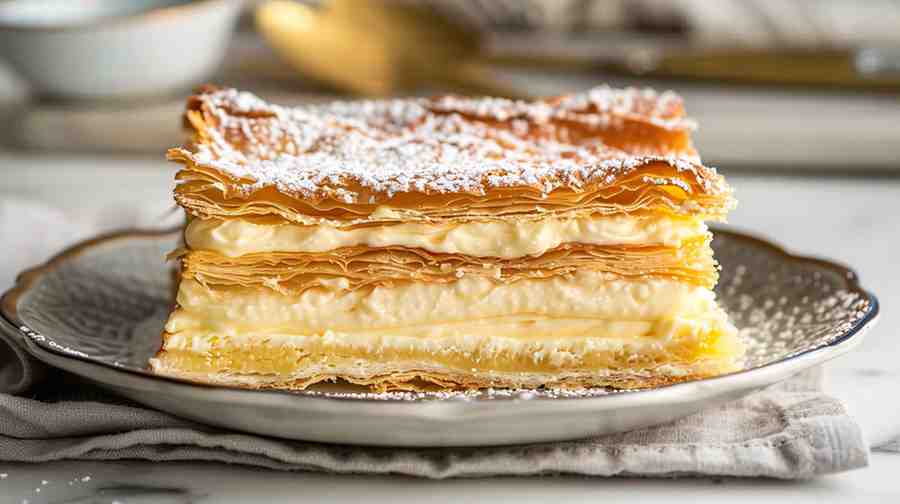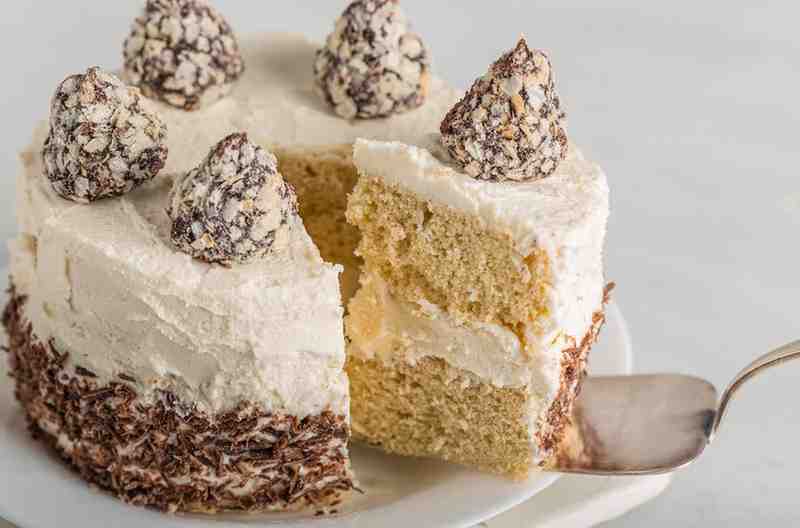Pastry Cream, known as Crème Pâtissière in French, is a luxurious, smooth custard that plays a key role in classic desserts. From éclairs to fruit tarts, this thick, creamy filling brings a richness Pastry Cream, known as Crème Pâtissière in French, is a smooth, rich custard that enhances many classic desserts. Whether used in éclairs, fruit tarts, or mille-feuille, this thick, luxurious filling brings flavor and depth to pastries.
History and Origins of Pastry Cream
Crème Pâtissière has deep roots in French patisserie. It originated in the 19th century and quickly became a fundamental component in French baking. From choux pastries to custard tarts, pastry cream’s adaptability made it a favorite among pastry chefs worldwide.
Today, it is featured in numerous international desserts, solidifying its place in the world of confectionery.

Ingredients and Their Role
Pastry cream is simple yet precise in its composition. Each ingredient contributes uniquely to its flavor and texture.
- Egg Yolks: They provide richness and a silky texture.
- Milk or Cream: This gives the custard its creamy consistency.
- Sugar: Essential for sweetness and structure.
- Cornstarch or Flour: Thickens the cream to the perfect custard-like consistency.
- Vanilla and Flavorings: Infuse the cream with signature flavors.
Using fresh, high-quality ingredients is crucial for a superior pastry cream. Fresh eggs, whole milk, and pure vanilla extract will elevate the flavor and texture, resulting in a smooth, rich custard.
Techniques: How to Make Pastry Cream
Making pastry cream requires precision, but with the right steps, anyone can master it.
- Step 1: Start by whisking the egg yolks and sugar until the mixture is pale and thick.
- Step 2: Heat the milk in a saucepan until it’s just below boiling. Slowly pour the hot milk into the egg mixture, whisking continuously to temper the eggs.
- Step 3: Return the mixture to the saucepan and cook over medium heat, stirring constantly until it thickens to the desired consistency.
- Step 4: Once the cream thickens, remove it from the heat and stir in the vanilla or other flavorings.
To avoid curdling, make sure to heat the mixture gradually. Constant stirring is key to preventing lumps and ensuring a smooth, even texture.
Common Mistakes and How to Avoid Them
Here are common issues that bakers face when making pastry cream, along with solutions:
- Curdling: To prevent this, temper the eggs slowly and avoid overheating.
- Lumps: Sift your cornstarch or flour and stir constantly to avoid lumps.
- Too Thin or Too Thick: Adjust the amount of thickener and cooking time to achieve the perfect texture.
Types of Pastry Cream Variations
Pastry cream can be adapted with different flavors to complement a variety of desserts.

- Chocolate Pastry Cream: Add melted chocolate to the custard for a rich, decadent filling.
- Coffee Pastry Cream: Infuse the cream with coffee extract or brewed coffee for a bold flavor.
- Citrus Pastry Cream: Add lemon or orange zest to bring a fresh, zesty twist.
For more structured desserts, you can stabilize the cream by adding gelatin, which is ideal for layered cakes or firm fillings.
Uses in Desserts and Pastries
Crème Pâtissière shines in a wide range of French pastries and desserts. You’ll find it used in:
- Éclairs: A creamy filling that perfectly complements the delicate pastry.
- Mille-Feuille: Layers of crisp puff pastry filled with rich pastry cream.
- Tarts and Tartlets: A delicious custard base that pairs well with fresh fruits.
- Cream Puffs: The ideal filling for light and airy choux pastry.
Pastry cream is incredibly versatile. It can also be lightened with whipped cream for a mousse-like texture, making it suitable for various desserts beyond traditional pastries.

Troubleshooting Pastry Cream: Common Mistakes and Solutions
Pastry cream can sometimes be tricky to perfect, but common mistakes can be easily fixed with a little knowledge and the right techniques. Below, we explore the most frequent problems that arise when making pastry cream and how you can prevent or correct them.
Curdled Pastry Cream
Curdling occurs when the eggs in the mixture are exposed to too much heat too quickly, causing them to scramble. This is a common issue, but it can be avoided with proper technique.
To prevent curdling:
- Temper the eggs: Slowly add the hot milk to the egg mixture while whisking constantly. This ensures that the eggs gradually adjust to the higher temperature without cooking too fast.
- Cook over medium heat: Avoid high heat when cooking the pastry cream, as this can cause the eggs to cook unevenly.
If your pastry cream curdles, don’t worry! You can save it by passing the mixture through a fine-mesh sieve or blending it with an immersion blender to restore smoothness.
Lumpy Pastry Cream
Lumps are usually caused by improper mixing or not incorporating the starch properly. This can lead to uneven thickening and a clumpy texture.
To avoid lumps:
- Sift the cornstarch or flour: Always sift the starch before adding it to the mixture to ensure it incorporates smoothly.
- Whisk constantly: Stirring continuously while the cream cooks will prevent any lumps from forming.
If lumps do appear, you can still fix the cream:
- Strain the mixture: Pass the cream through a fine sieve to remove any lumps.
- Use a whisk or blender: Whisk vigorously or blend the cream to smooth out the texture.
Thin or Runny Pastry Cream
If your pastry cream doesn’t thicken as expected, it could be due to undercooking or not using enough thickening agents like cornstarch or flour.
To fix runny pastry cream:
- Cook longer: Return the mixture to the stove and cook for a few more minutes, stirring constantly, until it thickens to the desired consistency.
- Add extra cornstarch: Create a slurry by mixing a little cornstarch with cold milk, then whisk it into the cream. Cook it until the cream thickens fully.
Always make sure the cream reaches a boiling point to activate the thickening agents effectively.
Too Thick Pastry Cream
If your pastry cream ends up too thick, it might be due to overcooking or too much cornstarch.
To correct thick pastry cream:
- Thin with cold milk: Gradually whisk in small amounts of cold milk or cream until the cream loosens to the right consistency.
- Avoid adding too much liquid: Add liquid in small increments to avoid making the cream runny again.
Skin Formation on Pastry Cream
When pastry cream is left uncovered, a skin can form on the surface, which hardens and ruins the smooth texture. This happens when air hits the surface of the cream as it cools.
To prevent skin formation:
- Use plastic wrap: Place plastic wrap directly on the surface of the cream while it cools. This will prevent air from getting to it and forming a skin.
- Stir occasionally during cooling: Gently stirring the cream during cooling can also help prevent skin from forming.
Healthier Alternatives and Modifications
Pastry cream is traditionally rich and indulgent, but it can be adapted to suit various dietary needs or preferences without losing its creamy, delicious texture. Here are some healthier and alternative options for making pastry cream.

Lower-Sugar Pastry Cream
If you’re looking to reduce the sugar content in your pastry cream, you have a few options:
- Use natural sweeteners: Swap out white sugar for honey or maple syrup. These sweeteners are less processed and add a deeper flavor to the cream.
- Reduce sugar by half: Most pastry cream recipes use a significant amount of sugar. Cutting the sugar in half will still result in a delicious cream without overwhelming sweetness.
Keep in mind that using natural sweeteners may slightly alter the consistency and flavor of the final product.
Gluten-Free Pastry Cream
To make pastry cream gluten-free, simply replace the flour with cornstarch. Cornstarch is naturally gluten-free and works perfectly as a thickening agent. Always ensure that your other ingredients, like vanilla extract or flavorings, are certified gluten-free to avoid cross-contamination.
Dairy-Free Pastry Cream
For those avoiding dairy, making a dairy-free version of pastry cream is quite simple. Here are some plant-based milk alternatives you can use:
- Almond milk: A light option with a mild flavor, great for pairing with fruity desserts.
- Coconut milk: Rich and creamy, coconut milk adds a tropical note and works well in desserts like coconut tarts.
- Oat milk: A neutral flavor and creamy texture make oat milk a versatile choice for many desserts.
When using plant-based milk, the overall flavor of the pastry cream might change slightly depending on the milk you choose.
Vegan Pastry Cream
To make a vegan version of pastry cream, you’ll need to replace both the dairy and the eggs. Here’s how to do it:
- Plant-based milk: Use almond, coconut, or soy milk.
- Egg replacement: Instead of eggs, use a thickener like agar-agar or arrowroot powder to achieve the creamy consistency.
This version is perfect for anyone following a plant-based diet and can be sweetened with natural sweeteners like agave or maple syrup.
FAQs: Frequently Asked Questions About Pastry Cream
Many bakers have questions when making pastry cream for the first time. Here are answers to some of the most common questions to help you better understand and master this delicious custard.
What is the difference between pastry cream and crème anglaise?
Pastry cream is much thicker because it includes cornstarch or flour as a thickening agent. It is used to fill pastries, tarts, and cakes. Crème anglaise, on the other hand, is a much thinner custard sauce, often served as a dessert topping.
Can pastry cream be made ahead of time?
Yes, you can make pastry cream up to two days in advance. Store it in an airtight container in the refrigerator with plastic wrap pressed directly onto the surface to prevent skin from forming. When ready to use, stir it gently to restore its creamy texture.
How long can pastry cream be stored?
Pastry cream can be stored in the refrigerator for up to three days. After this time, its texture and flavor may start to deteriorate. It’s not advisable to freeze pastry cream, as the texture becomes grainy and separates when thawed.
How do I thicken pastry cream if it’s too runny?
If your pastry cream turns out too thin, simply return it to the stove and cook for a few more minutes while stirring. You can also add a cornstarch slurry (cornstarch mixed with cold milk) to help thicken it, but make sure to bring it to a boil to activate the cornstarch.
Why did my pastry cream curdle?
Curdling happens when the eggs are overheated or cooked too quickly. Always temper the eggs by slowly adding the hot milk to the egg mixture, and cook the pastry cream over medium heat while stirring constantly to prevent curdling.
Can pastry cream be frozen?
No, freezing pastry cream is not recommended. Freezing causes the cream to separate and develop a grainy texture, which ruins the smooth consistency you want in a pastry cream.

